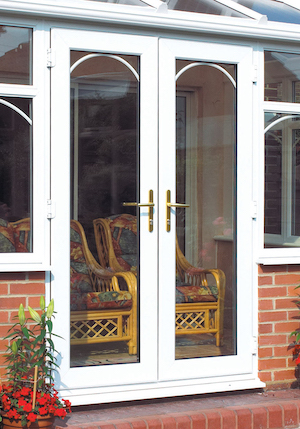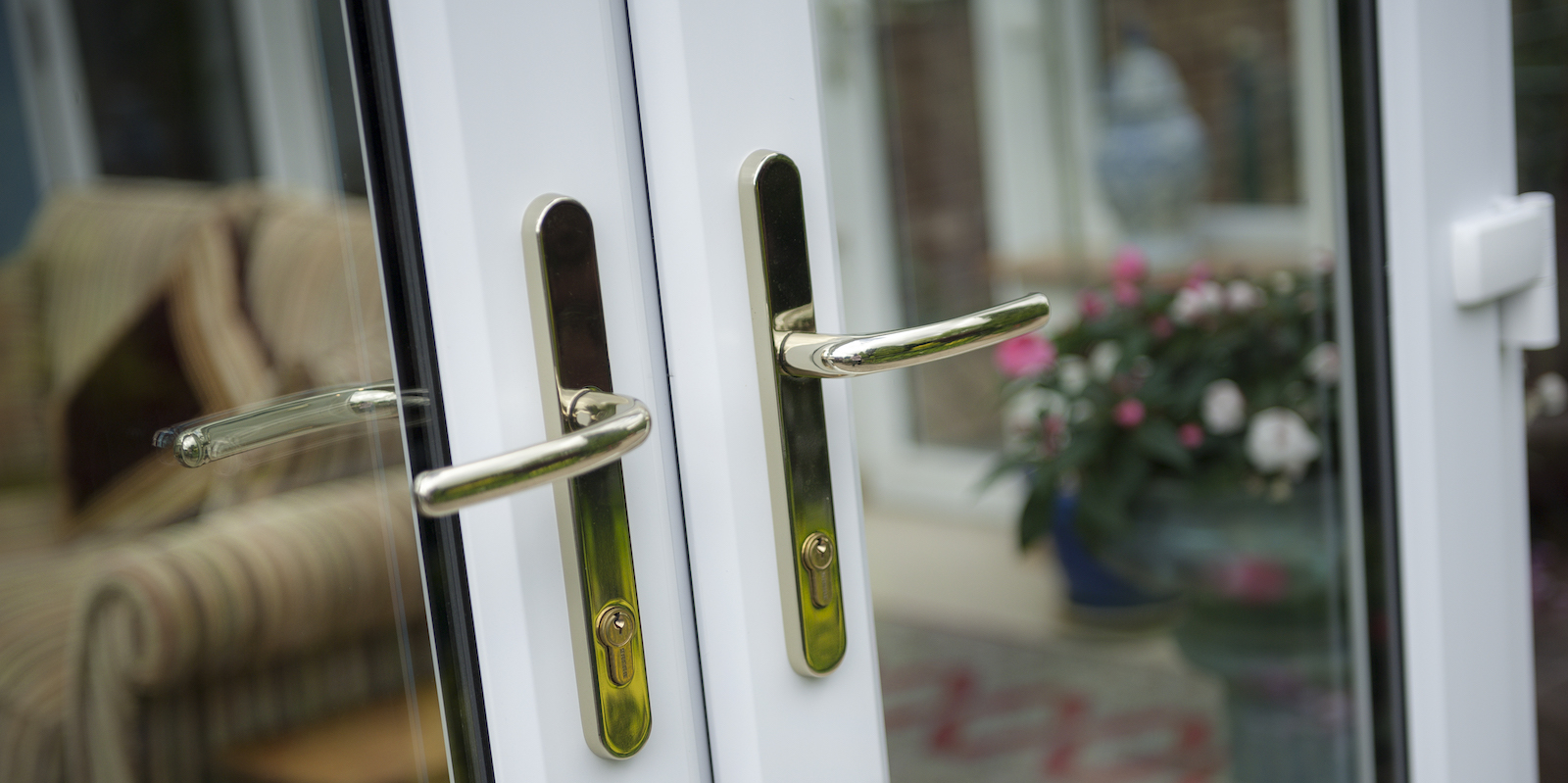French Door Restoration: A Comprehensive Guide
French doors, understood for their stylish design and ability to bring natural light into an area, are a treasured element in numerous homes. With time, nevertheless, these doors can experience wear and tear due to weather aspects, absence of maintenance, or age. Bring back French doors not only boosts their visual appeal but also enhances functionality and energy efficiency. This article explores the procedure, products, and important factors to consider associated with French door restoration.
Comprehending French Door Basics
French doors generally comprise 2 panels, which may swing open or slide. Commonly made from wood, they can likewise be discovered in fiberglass or vinyl. Their special design boosts a home's architectural appeal while seamlessly connecting indoor and outside areas.
Common Issues with French Doors
The following prevail issues that typically demand restoration:
- Warping: Changes in humidity and temperature can cause wood to warp.
- Peeling or Cracked Paint: Exposure to the elements can lead to paint degeneration.
- Damaged Hardware: Handles, locks, and hinges might become rusted or broken gradually.
- Drafts or Air Leaks: Aging seals can result in reduced energy effectiveness.
- Glass Damage: Cracked or misted glass can affect presence and insulation.
Restoration Process
Step 1: Assess the Condition
Before proceeding with any restoration, it's important to evaluate the condition of the French doors. Check for damages including:
- Cracks in the wood
- Peeling paint
- Loose hardware
- Broken glass
Action 2: Gather Your Tools and Materials
Depending on the work required, gather the necessary tools and materials:
| Tools | Products |
|---|---|
| Screwdriver | Sandpaper |
| Paintbrush | Guide |
| Caulk gun | Exterior paint |
| Hammer | Wood filler |
| Energy knife | Replacement glass |
| Measuring tape | New hardware/locks |
Action 3: Prepare the Area
To prevent any mess, clear the location around the doors. Place a drop cloth on the floor to catch dust or paint drips.
Step 4: Remove the Doors
If significant work is required, it may be handy to remove the doors from their hinges. Utilize a screwdriver or hammer to separate the hinges thoroughly.
Step 5: Repair Any Damage
Repairing Wood: For distorted sections or cracks, utilize wood filler or clamps to improve areas. Sand down rough edges for a smooth surface.
Changing Glass: If glass needs replacement, carefully pry the damaged glass out with an energy knife. Ensure the brand-new glass fits snugly into the frame.
Fixing Hardware: Replace any broken or rusted hardware with brand-new, resilient options.
Step 6: Sanding and Painting
After repairs are complete, sand down the surface areas using medium to fine-grit sandpaper. This will get rid of any paint remnants and supply a great surface for painting.
- Priming: Apply a coat of guide for much better adhesion.
- Painting: Once dry, use 2 coats of high-quality exterior paint based on a weather-resistant formula.
Action 7: Reinstall Doors
Reattach the doors to the hinges, ensuring they swing smoothly. Inspect all locks and handles to verify appropriate function.

Step 8: Caulk and Insulate
Apply caulk around the edges to seal any gaps that can cause drafts. Ensuring proper insulation will improve energy performance.

Step 9: Final Inspection
Inspect the restoration work completely. Open and close the doors to inspect for smooth operation, and guarantee all new hardware is protected.
Maintenance Tips for French Doors
A properly maintained set of French doors can last for many years. Here are some maintenance tips to prolong their life:
- Regular Cleaning: Clean the glass frequently to prevent accumulation of dirt and grime.
- Examine Hardware: Regularly inspect the hardware for indications of wear, consisting of rust.
- Display for Moisture: Especially in damp environments, screen for moisture that might lead to mold or rot.
- Repaint as Necessary: Refreshing paint every few years guarantees defense against the components.
- Check Seals: Regularly check weather seals for wear and replace as required.
Frequently Asked Questions (FAQs)
Q: How typically should I examine my French doors?A: It is advisable to check your French doors at least seasonally, or more frequently in locations with severe weather. Q: Can I restore French doors myself?A: Yes, with the right tools and persistence, numerous property owners can effectively
restore their French doors. Q: What kind of paint is best for French doors?A: Use premium exterior paint particularly designed toendure weather for the best outcomes. Q: Are there specialists who specialize in door restoration?A: Yes, many contractors and companies specialize in door restoration and can provide professional services. Bring back French doors is a satisfying task that not just enhances a home's charm but also enhances functionality and energy effectiveness. Armed with the right tools, strategies,
and a spirit of DIY, house owners can effectively bring their French doors back to life. Routine maintenance will ensure these stylish features continue to serve their function for many years to come. With proper attention, French doors can stay a spectacular focal point in any home, stimulating the beauty and grace they are understood for.

